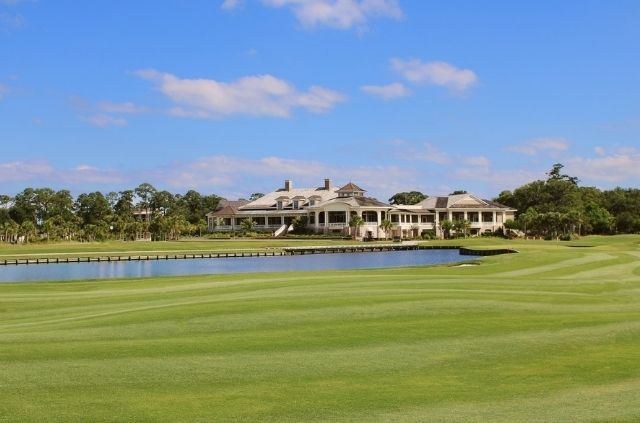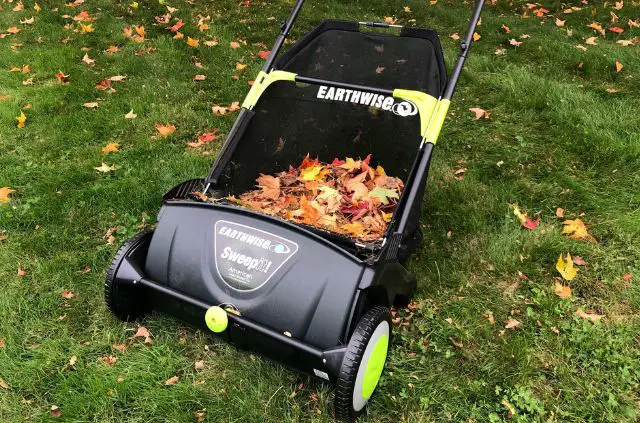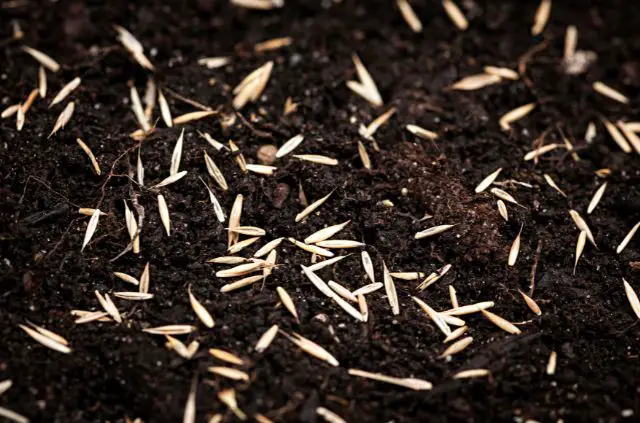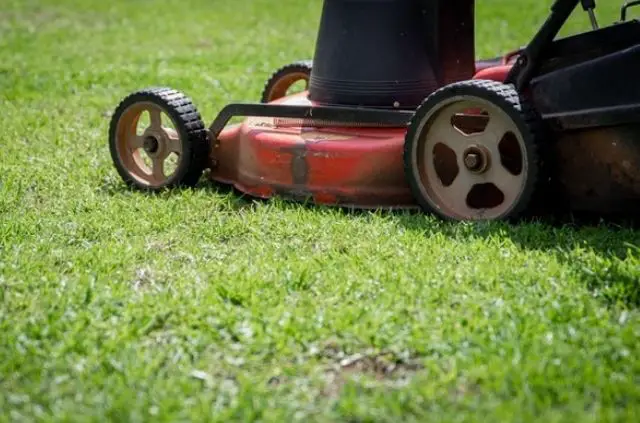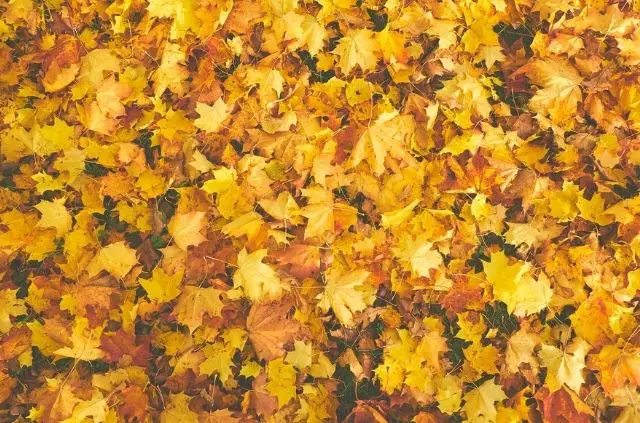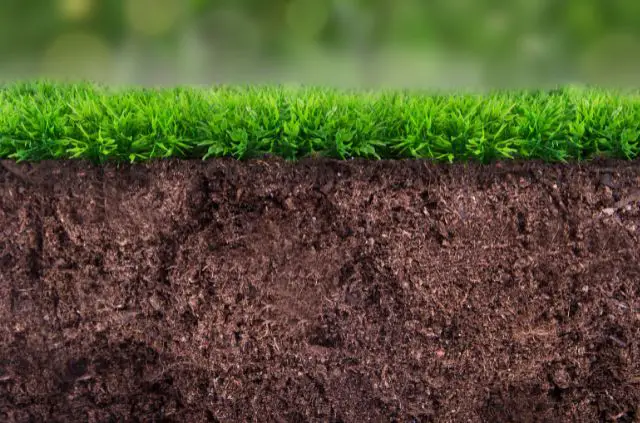Why Does Bermuda Grass Turn Yellow & Brown?
You spend hours watering, fertilizing and taking care of your lawn. But nothing seems to work. Your Bermuda grass is lacking that rich green color that makes it so desirable. But why does Bermuda grass turn yellow and brown in the first place? Learn the common causes and how to fix them in this article.
Bermuda grass can become discolored for a number of different reasons. Most of the time this problem can be traced back to how you take care of the lawn. Bermuda grass requires healthy soil, enough sunlight, and a regular mowing schedule to stay vibrant.
What is Bermuda Grass?
Bermuda grass is a perennial type of grass that thrives in warm climates. A perennial is used to describe plants and grass that live for more than two years. This is the opposite of annual plants that die after one season, once they have germinated and flowered.
Bermuda grass can be a great lawn option for homeowners who experience consistent warm weather. That’s because this type of grass needs at least 6 hours of sunlight each day. It can even survive and continue living during a drought.
If you live near the ocean Bermuda grass can also do well around your home. Unlike other species, Bermuda grass can survive when salt water comes in contact with the blades and roots. It also becomes very dense when fully grown and continues living with regular foot traffic.
Why Bermuda Grass Turns Yellow
There’s no reason to give up if you can’t figure out why your Bermuda grass turns yellow, or brown. This is a common lawn care problem that many people experience throughout the year. You can begin to troubleshoot your grass issue by going through the problems listed below.
1. Wrong Mowing Height
One of the most common reasons why Bermuda grass turns yellow is from the mowing height. Setting the blade too high, or waiting too long in between mowing will cause this problem. This happens from grass at the root not being exposed to enough sunlight. The brown sections of the grass then become exposed the next time you mow.
It’s important to mow your lawn often during the late spring and early summer. This is when Bermuda grass will start growing fast, once the winter has come to an end. You will need to keep Bermuda grass short and mow it a few times a week during this rapid growing stage. Avoid discoloration by not letting the grass get longer than 3 inches.
2. Too Much Shade
It’s no secret that Bermuda grass and shade don’t mix. That’s because this species requires so much sunlight on a daily basis. If the environment you live in lacks regular sun, it could be another reason why the Bermuda grass is turning yellow or brown. But even if your lawn is getting sun, shade could be caused by large trees in your area.
This problem can be solved with a little landscaping. Make sure to prune your trees every so often to allow enough shade to pass through them. Even trimming just a few branches can open up your lawn to more sunlight. You can also replace shaded areas around trees with mulch, or you could over fertilize these areas for improved growth.
3. Compact Soil
Another area to check is the soil in your yard. If the dirt is compacted too much, the Bermuda grass will not be able to grow properly. When this happens air can’t get into the pores of the soil and water won’t have anywhere to go. Soft dirt is crucial to having a healthy lawn, because it allows Bermuda grass to grow in the first place.
This problem should be addressed with routine lawn maintenance throughout the year. You will need to aerate your lawn during the late spring and early summer if you live in a warm climate. It also helps to de-thatch your lawn to help with soil drainage issues. An excess amount of grass clippings will prevent rain water from entering the soil.
4. Fungus
If you’re keeping up with regular lawn care maintenance, another problem could be caused by fungus. This can be a frustrating issue to deal with, because it can still happen even if you’re doing everything correctly. It’s common for brown patches and dollar spots to emerge on Bermuda grass, which is a type of fungus.
One of the most popular ways to fix this problem is to use a dedicated fungicide for Bermuda grass. This is a chemical mixture used to kill fungi and their spores. The product is applied with a handheld pump sprayer, which allows you to evenly spray it down on the entire lawn. Make sure to follow the directions on the bottle when using a fungicide.
Does Bermuda Grass Turn Brown in Winter?
Bermuda grass will inevitable turn brown in the winter if you live in a cold climate. As we briefly mentioned above, this type of species thrives in warm climates. After the first frost Bermuda grass will begin to turn brown.
This discoloration doesn’t mean the grass is dead, but rather it’s in a dormant period. You won’t need to mow your lawn during this season, because the grass will grow so slow you won’t even notice it.
That’s why most homeowners in cold climates choose not to grow Bermuda grass on their lawn. Once it becomes dormant after the first frost, having a brown lawn can be unappealing to some people.
The good news is that Bermuda grass is a perennial species. That means when spring comes it will begin growing again – even after it was brown. You won’t need to tear up your lawn and reseed the soil. It ultimately comes down to if you want to have a brown lawn all winter, as it all depends on personal preference.
Why Does Bermuda Grass Turn Yellow?
One of the main reasons why Bermuda grass can turn yellow is from scalping. Lawn scalping is a landscaping technique where you cut the lawn so short the stems are exposed.
A regular mowing of the lawn will only remove around 20-30 percent of the grass. Lawn scalping on the other hand is much more aggressive. This process will remove around 50 percent of the grass blades.
It’s an ugly process when you’re done, because the results are not very appealing. After scalping a lawn you might even notice some yellow spots. That’s because these areas were not exposed to enough sunlight and could not be nourished as a result.
It’s important to note that scalping can also cause your Bermuda grass to turn brown. Only the ends of a grass blade will be a rich green color, which is why your lawn can turn yellow, or brown.
Conclusion
Hopefully this article has answered your question: why does Bermuda grass turn yellow? The answer can vary depending on your location, soil type, and landscaping.
Did you go through all of the necessarily steps needed to ensure that your lawn will flourish? It’s common for homeowners to rush through the seeding process and not prepare the soil.
But taking the time to get everything right with your lawn will pay off in the future. If your Bermuda grass is discolored, chances are it’s due to environmental reasons from one of the issues above.
Further Reading
Search Terms
- Why does Bermuda grass turn yellow?

